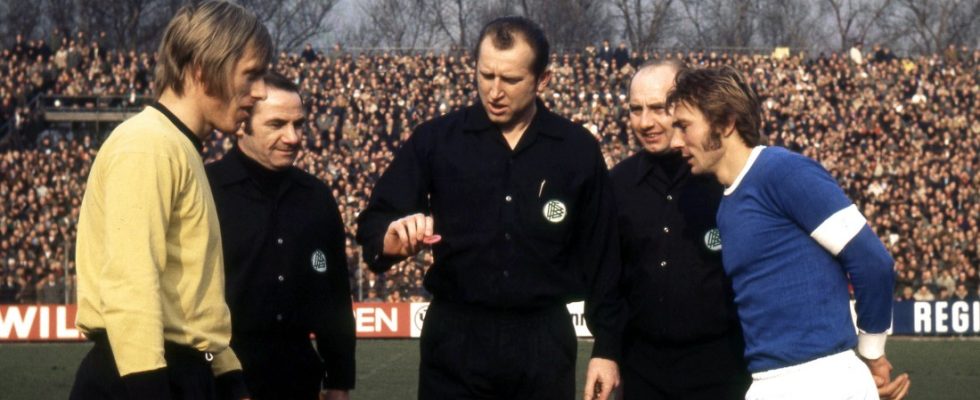The coin toss is considered the epitome of a random event: there are two possible outcomes, heads and tails, and both occur with a probability of 50 percent. At least that’s what we thought so far. But that’s not the case, there is an anomaly – and it doesn’t come about because of the rare case in which a coin lands on the edge and doesn’t fall over. What a group led by the Dutch mathematician Eric-Jan Wagenmakers from the University of Amsterdam has shown experimentally is that the probability that the side that was up before the coin toss will be up again after the coin lands is not exactly 50 percent, as one would expect would. But it is 50.8 percent. The research group came to this conclusion in an article uploaded to the preprint server Arxiv.
The sheer number of samples shows that the deviation of 0.8 percent is not a statistical fluctuation. In order to repeat the experiment – the coin toss – enough times, 48 test participants flipped 46 coins of different currencies and values. First, five bachelor students each carried out at least 15,000 coin tosses and recorded the result. Afterwards, 35 volunteers took part in twelve-hour coin flipping marathons.. And finally, other participants followed a call to flip coins that was shared on social networks. A total of 350,757 coins were tossed.
The analysis initially showed that the coins thrown fell on one side or the other with approximately the same frequency. In 175,420 tosses they landed on the heads side, which corresponds to almost exactly 50 percent – so there was no indication of a “heads-tails bias”, i.e. that the coins generally fell preferentially on a certain side, for example because of an unequal side Weight distribution. However, which side was on top at the beginning of the coin toss had an influence on the result: This side is more likely to be on top again at the end of the coin toss. Experts speak of the “same-side bias”.
A force is responsible that also makes the earth egg
The phenomenon is not entirely unknown. It was theoretically predicted back in 2007: At that time, Stanford mathematician Persi Diaconis, together with statistician Susan Holmes and mathematician Richard Montgomery, designed a model, which should be able to predict coin tosses in detail. One factor was the so-called precession. This means that the side of a coin that was up before a toss will be up again after the toss with a probability of 51 percent.
In physics, precession describes a behavior that is familiar from spinning tops: If a rotating top is pushed slightly, its axis of rotation tilts to the side. As long as the top spins fast enough, it won’t fall over; instead it rotates around the tilted axis of rotation, which in turn rotates around the plumb line. So the direction of the axis of rotation changes. A wide variety of things predominate in nature, not least the earth. But the nuclear spins in the molecules of the human body can also be caused to rotate in a tilted manner.
In the case of a coin toss, precession occurs when the coin is not flicked exactly in the middle. Then it stalls in the flight phase, and this causes it to spend a little more time in the original orientation and therefore land the way it was flicked more often. The coin’s wobbling is almost impossible to see with the naked eye – which is exploited by magicians and con artists who can flick a coin so that it doesn’t rotate on itself at all, just wobbles.
The group led by Wagenmakers now writes that it has been shown that the assumption known as the “DHM model” according to Diaconis, Holmes and Montgomery is correct: The 50.8 percent determined would agree well with the 51 percent predicted by the model. Diaconis wrote in 2007 that it would take at least 250,000 coin tosses to confirm the model experimentally. But he and his co-authors apparently didn’t want to go to this trouble themselves.
Has the coin toss become obsolete as a decision-making tool? Not necessarily. The result is distorted. But to compensate for this, football referees can simply hide which side of their coin is up before they toss – and before the team captains who are lined up to choose sides make their choice. There is another difficulty for the captains anyway: they have to expect that a referee will catch the coin and slap it on the back of the other hand. Then the side that was previously on the bottom is on top.

